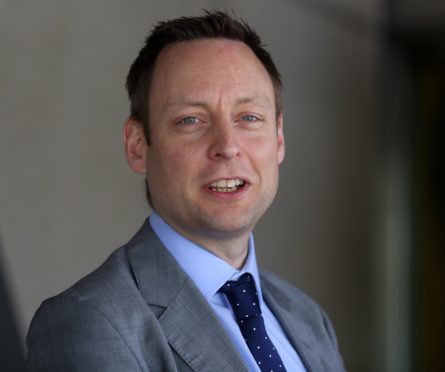North and north-east councils have experienced falls in the percentage of school leavers moving to work, studying or training.
Scottish Government figures published yesterday showed the proportion of Moray pupils moving from school to “positive destinations” fell from 93.8% to 91.4% when 2016-17 was compared with 2017-18.
During the same period, the figures in Aberdeen City fell from 92.6% to 91.5% while Highland experienced a slight fall from 95.8% to 95.7%.
Liam Kerr, North East Conservative MSP, said: “There are few things more important than providing opportunities for our young people.
“As such, these figures will be very concerning to parents across the north of Scotland.
“The SNP has long trumpeted its record on ‘positive destinations’ – even if the term is so broad it includes zero-hours contracts which the SNP says exploit workers.
“Each and every pupil in Scotland should have the best possible education and a clear path for advancement in life. Unfortunately, this evidence suggests the SNP are failing our young people.”
In Aberdeenshire the figure rose from 94.4% to 95.2%.
Across Scotland, 93.2% of pupils were in “positive destinations”, while 5.5% were unemployed.
The largest proportion were in higher education at 39%, while 28.3% were employed, 22.7% were in further education and 1.7% were in training.
A Moray Council spokeswoman acknowledged that the percentage of school leavers making it to a positive destination had fallen in the last academic year, but pointed out that the figure had increased by 5.3% since 2009-10.
She added: “We’re working closely with Moray Skills Pathway partners to support all young people leaving our schools to achieve a sustained destination.”
A Highland Council spokeswoman said: “We are pleased with these figures because we have consistently performed above the Scottish average since 2009-10 and are currently third equal highest across Scottish schools.”
Education Secretary John Swinney confirmed that more young Scots are studying, training or working within nine months of leaving school than ever before.










